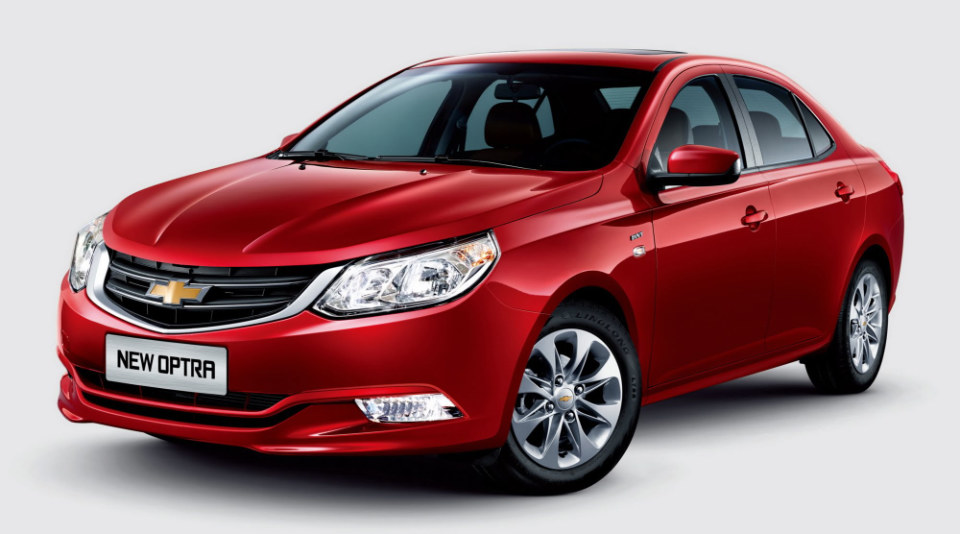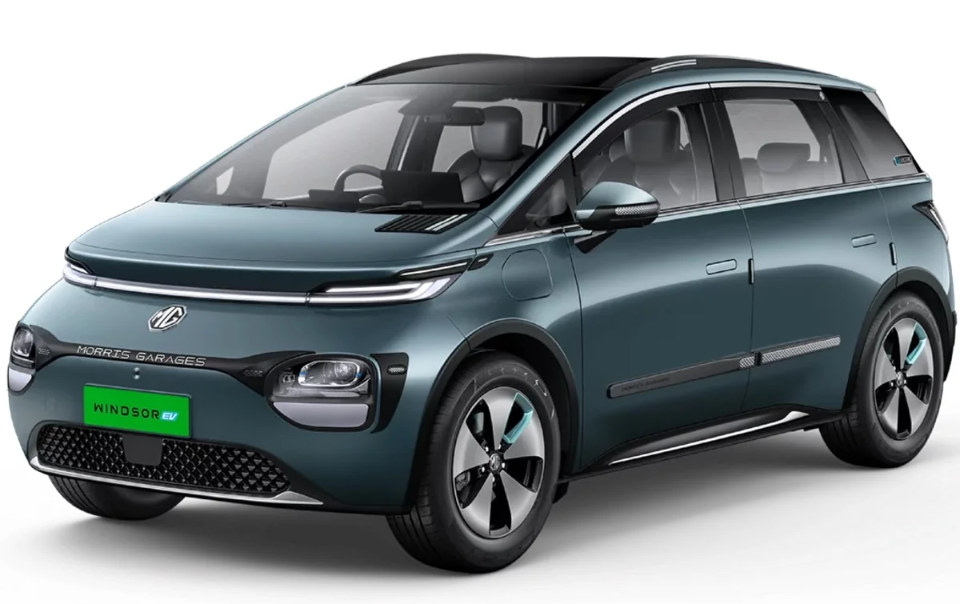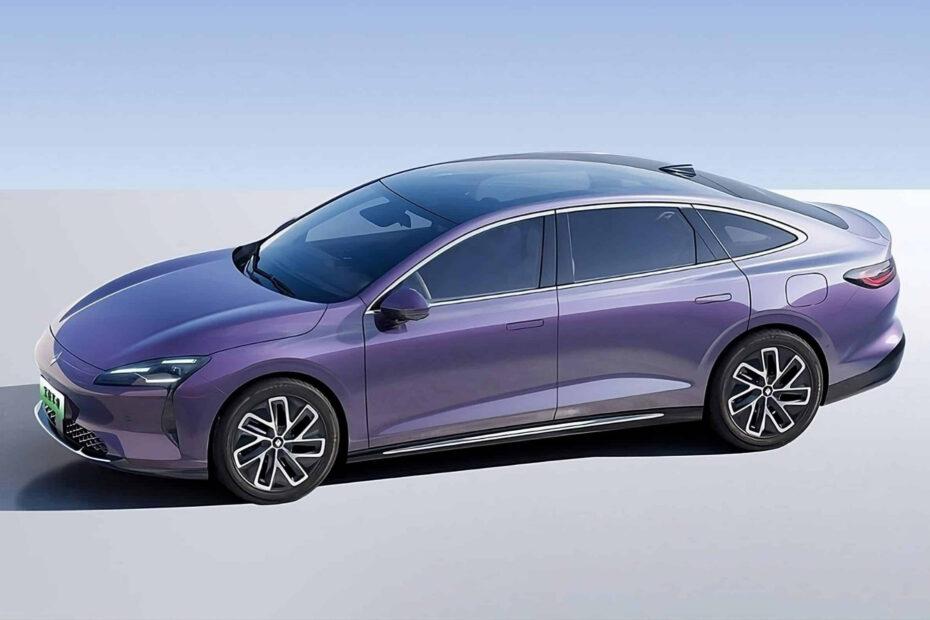All the Baojuns are now up on Autocade. Since SAIC, GM and Wuling (a venture abbreviated to SGMW) created the marque in 2010, things have been rocky, though it wasn’t always so.

Initially this was the parts’ bin brand: budget-priced cars which served as bases for Wuling, Chevrolet and even MG cars outside China. They donned familiar nameplates like Chevrolet Captiva and Chevrolet Optra. But for completely inexplicable reasons, SGMW decided to reposition Baojun—sharply, with no gradual shift—as a premium brand in 2019. The sales’ figures speak for themselves.
| 2018 | 879,000 |
| 2019 | 604,000 |
| 2020 | 422,000 |
| 2021 | 215,000 |
| 2022 | 59,600 |
| 2023 | 51,600 |
The premium R cars that appeared in 2019 were gone by 2022, a remarkably short life, as Baojun reinvented itself yet again for 2023, in a mid- to upper segment—around the Oldsmobile level, if you will—with a range of EVs and PHEVs beginning with the KiWi, formerly the E300, which first appeared in 2020. (The Baojun EVs, which began with a tiny, two-seat E100, sat in contrast to its premium line-up, almost as if they were half-hearted entries.)
Today, there is the Yueye, a Suzuki Jimny-like tall vehicle with none of the Japanese model’s off-road capabilities, equipped with two battery capacities and two body styles (SWB three-door and LWB five-door), also sold as the Chevrolet Spark EUV for export. A modern, and quite stylish, monobox EV saloon called the Yunduo follows in the pecking order (MG Windsor EV in India and Wuling Cloud EV in Indonesia), then a rounded crossover called the Yunhai. Baojun’s flagship is the Xingjiang (top), a six-light fastback in the mould of the Geely Galaxy E8, slightly down on dimensions, and virtually the same Cd figure (0·198 for the Xingjiang, 0·199 for the E8).

The range does look more like what you’d expect from a Chinese brand, with a mix of electrified models. The R-car investment must have cost a lot for how shortly they lived, so for Baojun’s sake, let’s hope this new range has a better chance of getting established.
